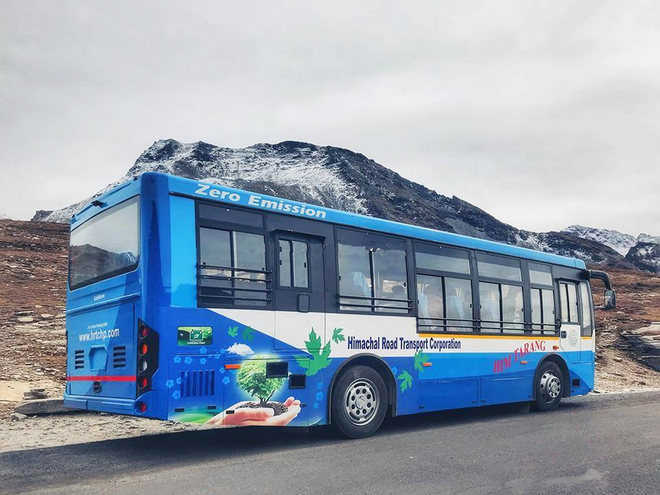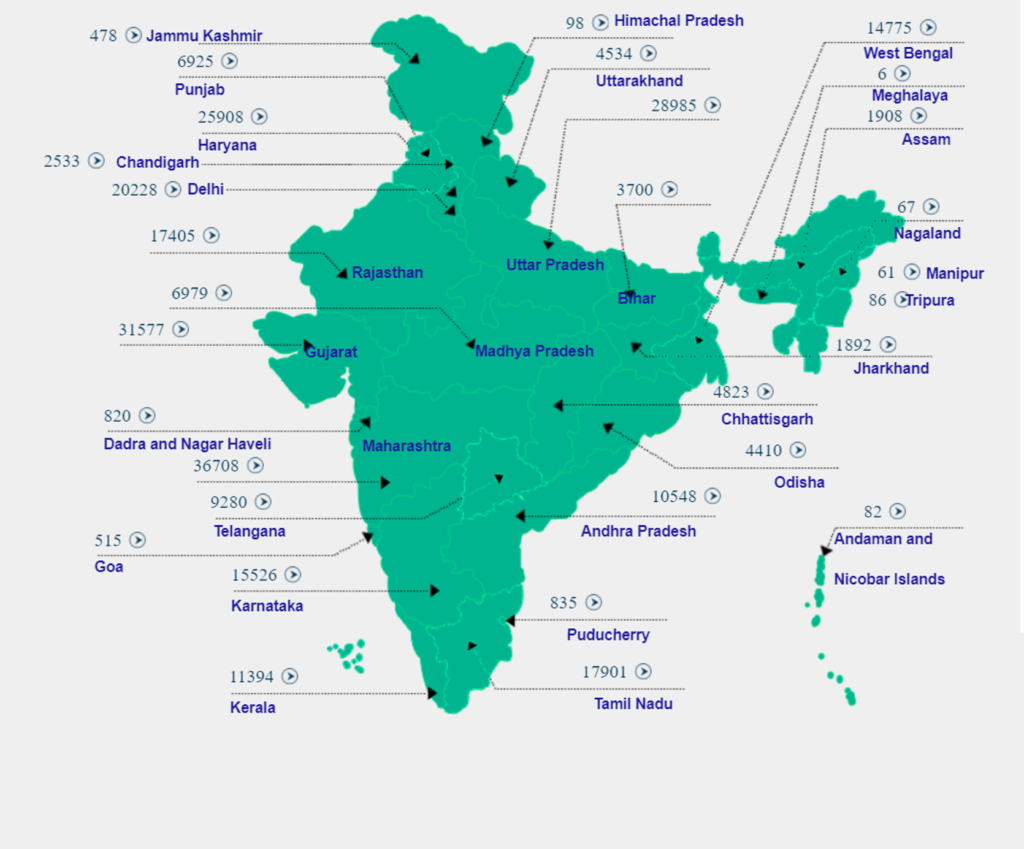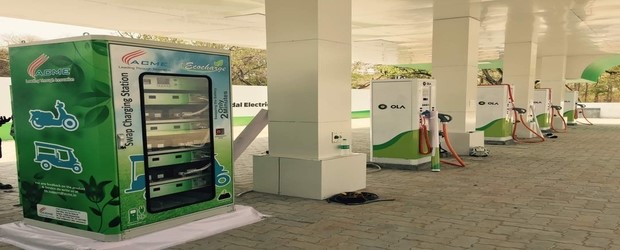
Electric Vehicles (EVs) Market in India
India is witnessing rapid urbanization, led to increase in demand for basic services including housing, water, sanitation and transport. The total number of registered motor vehicles in India has increased rapidly over the past decade (2001–2015), from 55 million in 2001 to 192 million in 2015. The rapid increase in private vehicle ownership is mainly due to lack of good public transport facility. India is one of the key signatory of Paris Climate Agreement 2016 and will need to reduce emission level by 25% by 2030. Government of India is looking to promote electric mobility as one of the key solutions to reduce carbon emission.
The Department of Heavy Industries (DHI) had launched FAME (Faster Adaptation and Manufacturing of (Hybrid &) Electric Vehicles) in April 2015 to promote manufacturing of electric and hybrid vehicles in India. As a part of the National Electric Mobility Mission Plan, FAME has a corpus of about ₹ 8 billion (US$ 123 million) to invest in electric mobility based initiatives. FAME subsidies for different categories of vehicles are as follows:
| Category of Vehicle | Incentive Amount | How this can be used for Public Transport |
| 2W | INR 7,500 to INR 22,000 | For commercial Delivery Vehicles / 2W Taxies |
| 3W | INR 16,800 to INR 61,000 | For last Mile Connectivity (incl. e-rickshaw) |
| 4W | INR 124,000 to INR 138,000 | For Taxi service like Uber Ola |
| 4W LCV | INR 187,000 | For Delivery Vehicles |
Under FAME Scheme, 156,410 have been sold in India in last 3 years (2015-17). However, the majority of vehicles are electric two-wheelers and hybrid passengers’ cards. The National Electric Mobility Mission Plan aims to have 400,000 electric vehicles on India’s streets by 2020. However, electric cars have a tough road to travel. Sales of electric vehicles and hybrids declined to 25,000 units in 2016-17 from 32,000 the previous year. The government has also levied only 12% tax on electric vehicles compared to 28% and higher for other conventional fuel vehicles.
Numbers of Vehicles Sold in India till date

Niti Aayog (The National Institution for Transforming India), in collaboration with RMI (Rocket Mountain Institute), has recently published a report “India Leaps Ahead: Transformative Mobility Solutions for All”. The report details a “leapfrog” opportunity that may allow India to save as much as 1 gigatonne of carbon emissions between 2017 and 2030, and approximately US$60 billion in annual diesel and petrol costs in 2030. These savings are made possible by the synergistic impact of improvements in systems, manufacturing, and shared infrastructure, including better urban design, high-utilization business models, accelerated adoption of electric vehicles (EVs), and other levers.
The government, both at federal and state level, has tried to push the sale of electric vehicles through varoious subsidy or tax holiday among the public. However, the program has got limited success till date. The acceptance of electric and hybrid vehicles is slow in India, mainly due to cost factor. The average capital cost of hybrid or electric vehicle is 2-3 times higher than diesel buses. Further, with the decrease in the cost of diesel, there is not much incentive for the public and private operators to shift to hybrid or electric buses. Some cities, like Delhi and Mumbai, are using clean fuel like CNG for the commercial operation.
Some of other key reasons for the slow growth are unavailability electric charging infrastructure and limited supply side. There is need to push electric mobility in commercial use or with fleet owners including state road bus undertakings, taxi companies, public enterprise and autorickshaw segment. The government is also pushing in the same direction. The recent example includes the sanction of 25 electric buses to Himachal Pradesh under FAME Scheme and launch of integrated electric mobility solution by Ola in Nagpur.
In order to promote the use of electric vehicles, the government of India has planned to procure the electric cars and other vehicles in large number for public entities. Energy Efficiency Services Ltd (EESL) has invited global bids for 10,000 electric sedans (8,000 Sedan + 2,000 High-end Vehicles) that will run up to 150 km on a single charge, for use by government departments. It plans to acquire 1,000 vehicles in the first phase. The tender includes warranty. The company is also floated tenders for 3,000 alternating current (AC) charging points and 1,000 direct current (DC) ones.
Government of India is keen to develop battery-swapping system in India. However, the system was not successful in other continents. There are some recent developments in this area:
- ACME Group, in collaboration with Ola Cabs, launched EcoCharge Battery Swapping & Charging Station in Nagpur for retrofitted electric auto-rickshaw and passengers cars.
- Ashok Leyland entered into strategic partnership with Sun Mobility to develop a battery swapping system for electric buses for intra-city buses in initial phase, followed by smaller delivery trucks, inter-city buses, and long-haul trucks

The manufacturing ecosystem is still developing in India for the supply of electric vehicles. Some of the key manufacturers for different categories of vehicles are:
| Category of Vehicles | Models available |
| 2W | Many |
| E-rickshaw | TVS Kinetics, Electotherm, Terra Motors, Mayuri and more |
| 3W (L5 Category) | Clean Motion, Gayam Motor Works, Volta Motors |
| 4W | M&M (E2O, E-Verito), Tata Motors |
| 4W Light Commercial Vehicle | M&M (E-Supro), Tata Motors (Ace) |
| Bus | BYD-Goldstone, Tata Motors, Ashok Leyland |
